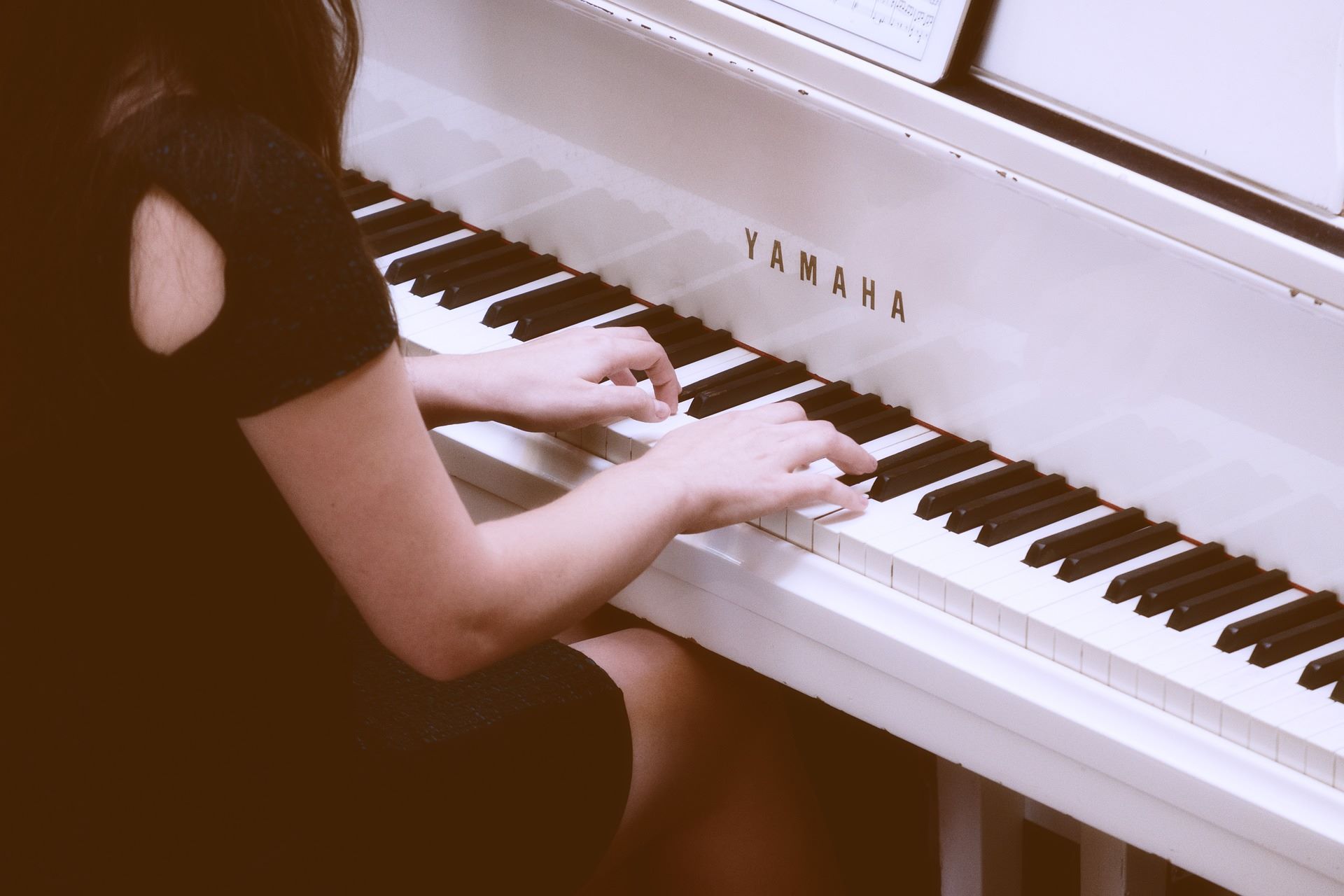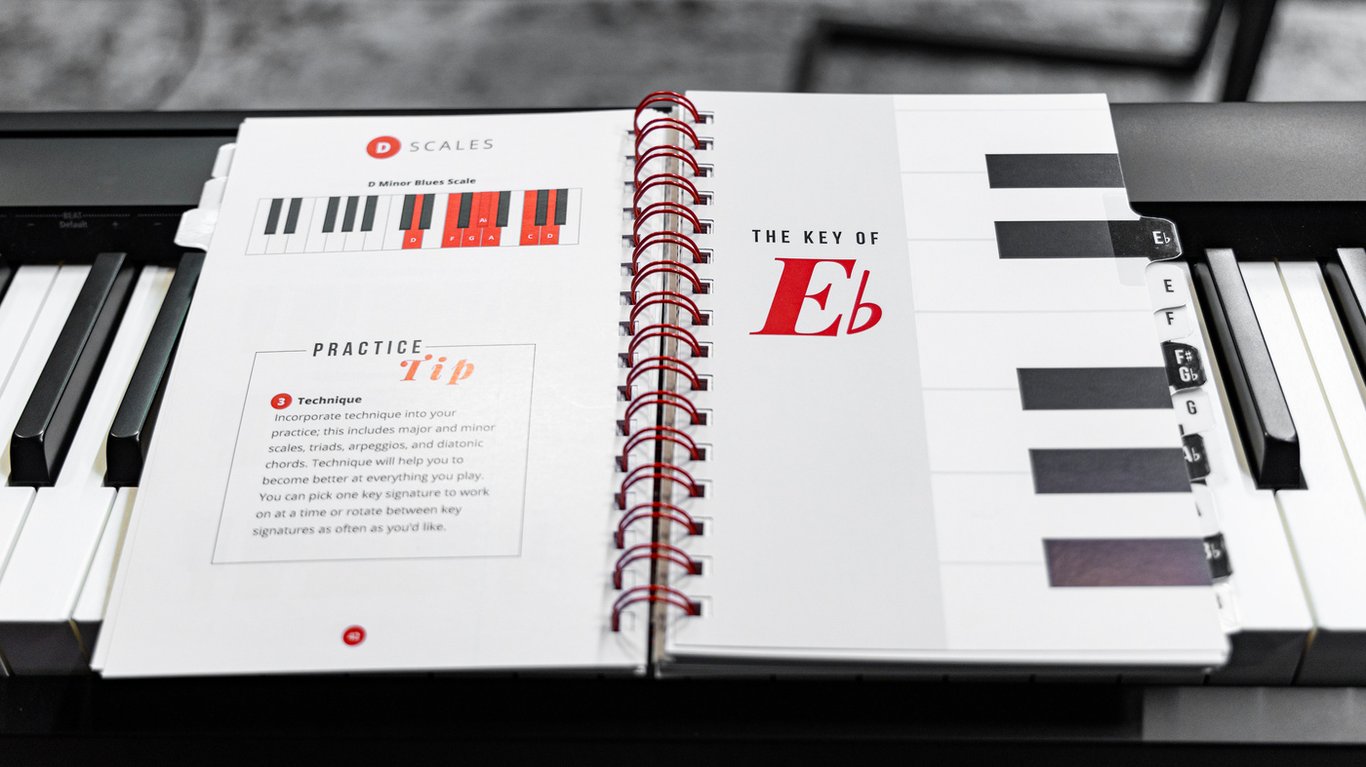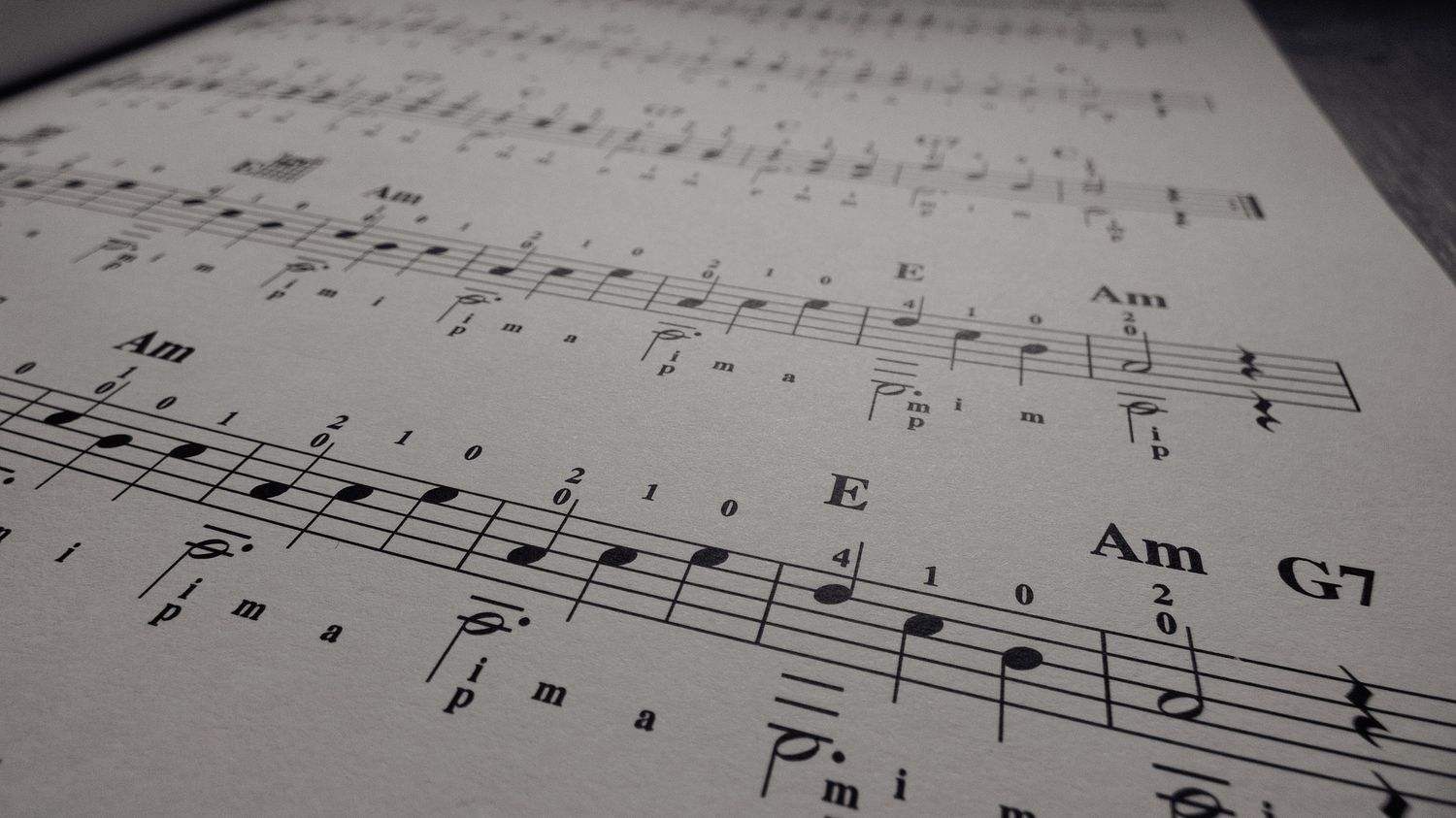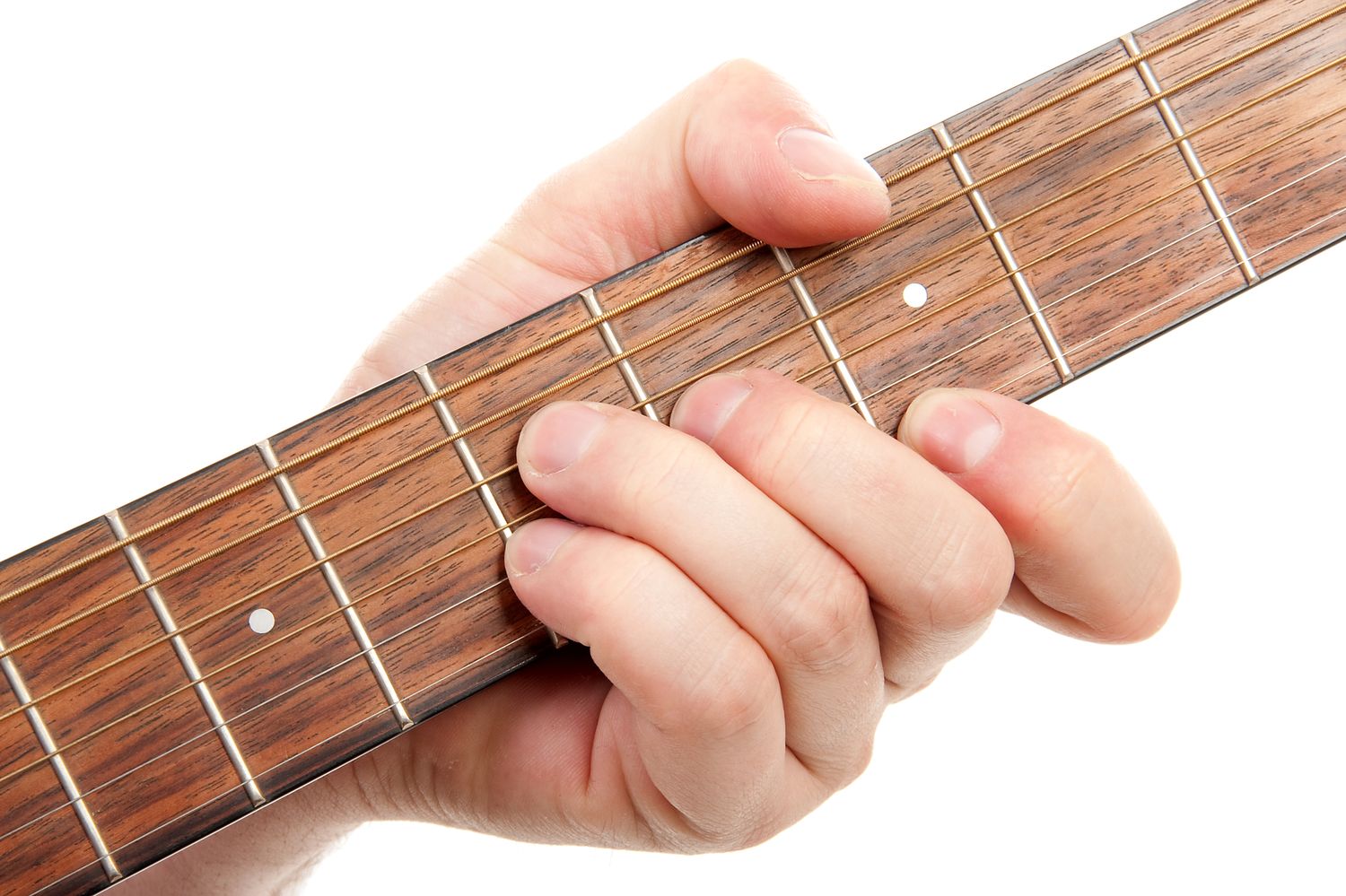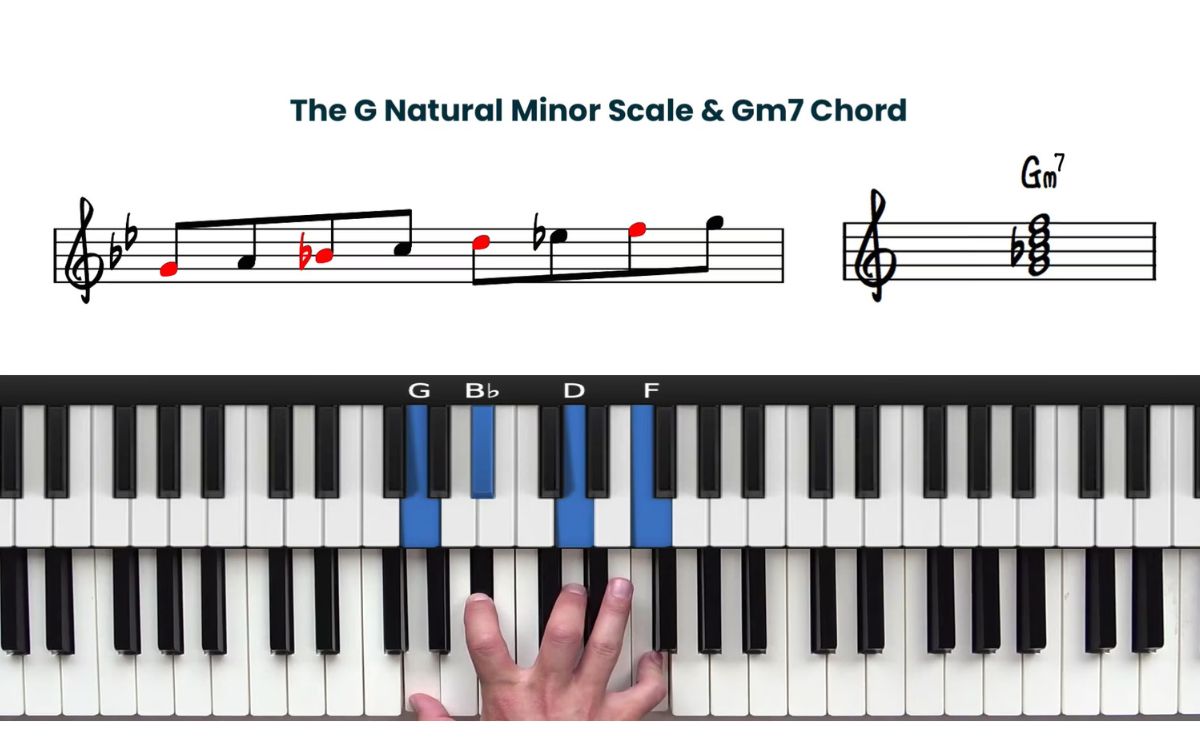Home>Instruments>Piano>What Is A Suspended Chord On Piano
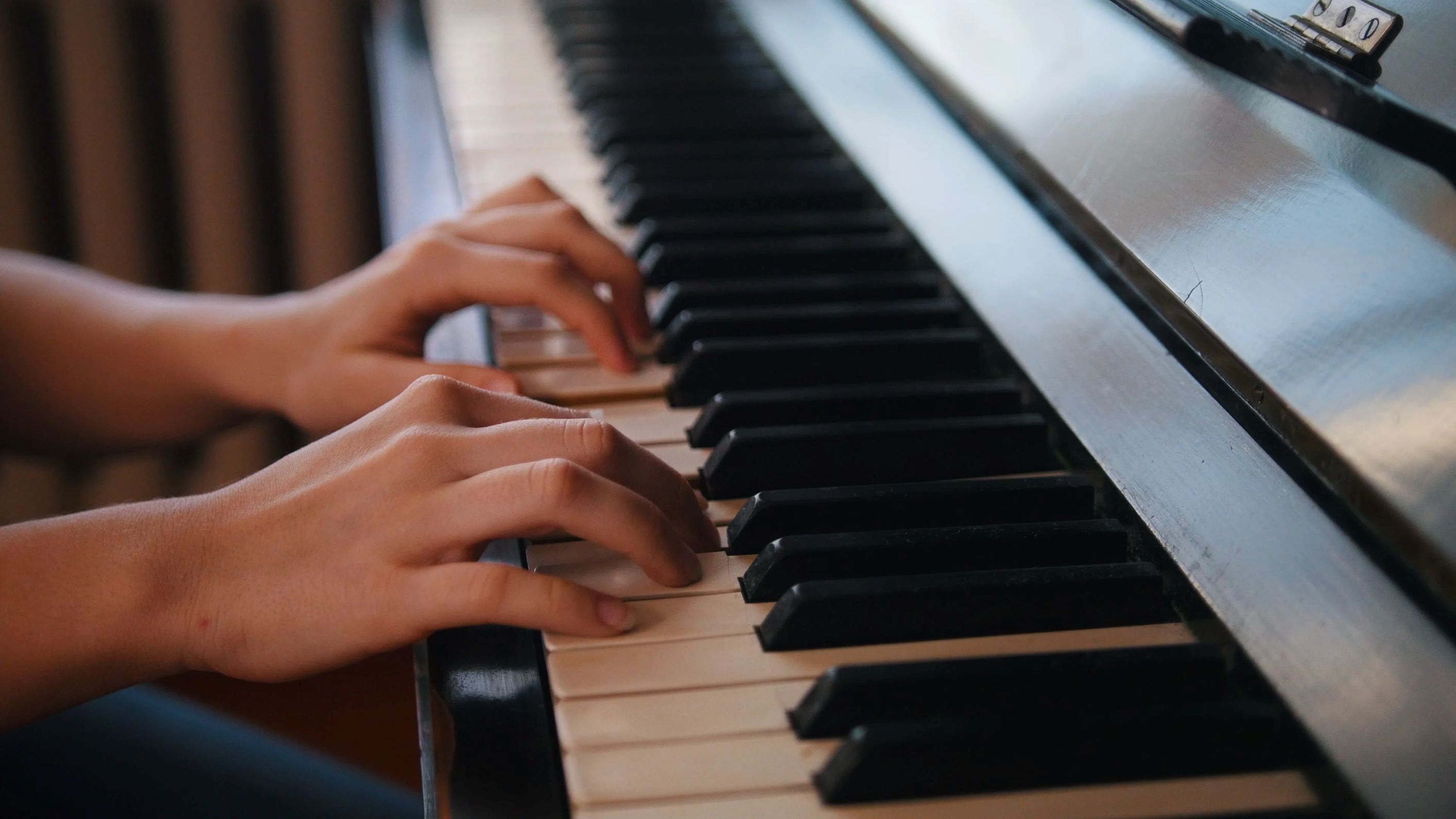

Piano
What Is A Suspended Chord On Piano
Published: February 10, 2024
Learn how to play suspended chords on the piano and add a unique sound to your music. Discover the theory and application of piano suspended chords.
(Many of the links in this article redirect to a specific reviewed product. Your purchase of these products through affiliate links helps to generate commission for AudioLover.com, at no extra cost. Learn more)
Table of Contents
Introduction
Introduction
Playing the piano is a beautiful and rewarding experience. It allows musicians to create captivating melodies and harmonies, evoking a wide range of emotions through the power of music. One essential aspect of piano playing is understanding and utilizing various chord types to add depth and color to musical compositions. Among these chords, suspended chords hold a unique place, offering a sense of tension and release that can significantly enhance the overall sound.
When delving into the world of piano chords, it's crucial to grasp the concept of suspended chords and their role in music. Whether you're a beginner pianist or a seasoned player looking to expand your harmonic repertoire, understanding suspended chords is a valuable asset that can elevate your musical expression.
In this article, we will explore the intricacies of suspended chords on the piano, shedding light on their structure, purpose, and different variations. By the end, you'll have a comprehensive understanding of how suspended chords function and how to incorporate them into your piano playing, unlocking new creative possibilities and enriching your musical journey. So, let's embark on this harmonic exploration and unravel the captivating world of suspended chords in the realm of piano music.
Understanding Suspended Chords
Understanding Suspended Chords
Before delving into the specifics of suspended chords, it’s essential to grasp the fundamental principles behind these unique harmonic structures. In traditional music theory, a suspended chord is built upon the foundation of the major scale, specifically the first, fourth, and fifth degrees of the scale. These degrees are denoted as the root (1), the fourth (4), and the fifth (5).
The defining characteristic of suspended chords lies in the inclusion of the fourth degree, which creates a sense of tension within the chord. This tension arises from the dissonant interval between the fourth and the third degrees of the scale. In the case of a typical major chord, the third degree serves as a defining factor, contributing to the chord’s major quality. However, in suspended chords, the third is replaced by the fourth, leading to a unique and unresolved sound.
It’s this unresolved quality that lends suspended chords their distinctive and evocative nature. The absence of the third degree in a suspended chord creates an open, airy quality, allowing for a sense of ambiguity and potential for resolution. This characteristic makes suspended chords versatile tools for creating musical tension and adding a touch of intrigue to compositions.
Furthermore, suspended chords are often denoted by the abbreviation “sus,” followed by a numerical indication of the suspended note. For example, a suspended chord built on the first degree of the C major scale would be labeled as Csus4, signifying the suspension of the fourth degree.
By understanding the theoretical underpinnings of suspended chords and their unique tonal characteristics, pianists can harness the expressive potential of these chords to imbue their music with depth and emotion. With this foundational knowledge in place, let’s delve into the various types of suspended chords and their distinct qualities.
Types of Suspended Chords
Types of Suspended Chords
Within the realm of suspended chords, two primary variations take center stage: the sus4 chord and the sus2 chord. Each type carries its own unique sonic identity, offering distinct flavors that can enrich musical compositions in different ways.
The sus4 chord, as the name suggests, involves suspending the fourth degree of the scale. This results in a chord structure that typically comprises the root, fourth, and fifth degrees, omitting the third. The absence of the third degree creates an open, ambiguous sound, allowing the sus4 chord to convey a sense of anticipation and potential resolution. This chord type is often used to introduce tension and color into musical phrases, serving as a compelling harmonic element in various genres, from classical to contemporary music.
On the other hand, the sus2 chord suspends the second degree of the scale, leading to a chord structure that includes the root, second, and fifth degrees, while omitting the third. The sus2 chord exudes a gentle, ethereal quality, characterized by a lack of traditional harmonic definition. This chord type can evoke a sense of tranquility and introspection, making it a valuable tool for creating serene and contemplative musical passages.
Both the sus4 and sus2 chords offer pianists a rich harmonic palette to work with, allowing for the exploration of diverse emotional landscapes within musical compositions. Whether it’s the evocative tension of the sus4 chord or the tranquil allure of the sus2 chord, each type of suspended chord brings its own expressive potential to the forefront, enriching the sonic tapestry of piano music.
Understanding the distinct qualities of these suspended chord variations empowers pianists to wield them with intention and creativity, infusing their musical creations with depth and nuance. As we continue our exploration, we’ll delve into the practical aspects of playing suspended chords on the piano, unlocking the tactile and auditory dimensions of these captivating harmonic entities.
Playing Suspended Chords on the Piano
Playing Suspended Chords on the Piano
As a pianist, mastering the art of playing suspended chords opens up a world of harmonic possibilities, allowing for the creation of captivating musical textures and evocative progressions. When approaching suspended chords on the piano, several key techniques and considerations come into play, shaping the way these chords are voiced and integrated into musical pieces.
One fundamental aspect of playing suspended chords is understanding their voicings and the specific notes that comprise each chord. For instance, when voicing a Csus4 chord, the pianist would typically play the notes C, F, and G. This distinctive combination creates the suspended quality of the chord, infusing it with tension and a yearning for resolution. Similarly, voicing a Dsus2 chord would involve playing the notes D, E, and A, capturing the serene and introspective essence of the sus2 chord.
When incorporating suspended chords into piano compositions, it’s important to consider their harmonic function within the context of a piece. Suspended chords can serve as transitional elements, adding color and intrigue between conventional chords, or they can stand as independent entities, contributing to the overall emotional landscape of a musical passage.
Furthermore, experimenting with arpeggiated patterns and rhythmic variations can enhance the expressive potential of suspended chords, allowing pianists to imbue their playing with dynamic textures and subtle nuances. By exploring different rhythmic approaches and voicings, pianists can unlock the evocative power of suspended chords, breathing life into their musical interpretations.
Additionally, understanding the role of suspended chords in chord progressions and song structures is crucial for leveraging their emotive impact. Whether used in introspective ballads, uplifting pop tunes, or stirring classical compositions, suspended chords bring a touch of allure and tension to the musical narrative, enriching the listener’s experience and adding depth to the sonic tapestry.
By mastering the art of playing suspended chords on the piano and integrating them thoughtfully into musical arrangements, pianists can harness the emotive potential of these captivating harmonic entities, elevating their musical expressions and captivating audiences with the enchanting allure of suspended chords.
Conclusion
Conclusion
Exploring the realm of suspended chords on the piano unveils a captivating journey through harmonic tension, resolution, and emotive expression. From the enigmatic allure of the sus4 chord to the tranquil introspection of the sus2 chord, these harmonic entities offer pianists a rich tapestry of sonic colors to paint their musical landscapes.
Understanding the theoretical underpinnings of suspended chords provides a solid foundation for pianists to leverage the expressive potential of these unique harmonic structures. By embracing the tension and ambiguity inherent in suspended chords, musicians can infuse their compositions with a sense of anticipation and emotional depth, captivating listeners and evoking profound emotional responses.
Mastering the art of playing suspended chords on the piano empowers musicians to craft captivating musical narratives, whether through delicate arpeggiated patterns that shimmer with suspended allure or bold, punctuated voicings that punctuate the musical canvas with evocative tension. The versatility of suspended chords allows for their seamless integration into a wide array of musical genres and styles, from classical and jazz to pop and beyond, enriching the harmonic vocabulary of pianists across diverse musical landscapes.
As pianists continue to explore the sonic possibilities of suspended chords, they embark on a journey of creative discovery, where each chord becomes a brushstroke in the canvas of musical expression. Whether serving as transitional elements, emotive focal points, or ethereal companions to melodic lines, suspended chords invite pianists to weave intricate tapestries of sound, captivating audiences with the evocative allure of unresolved tension and the promise of resolution.
In conclusion, suspended chords stand as poignant reminders of the nuanced beauty of musical expression, inviting pianists to embrace the enigmatic, the unresolved, and the profoundly emotive. By delving into the captivating world of suspended chords, pianists embark on a harmonic odyssey that transcends traditional boundaries, inviting them to paint their musical narratives with the vibrant hues of suspended allure and the timeless resonance of emotive tension.



